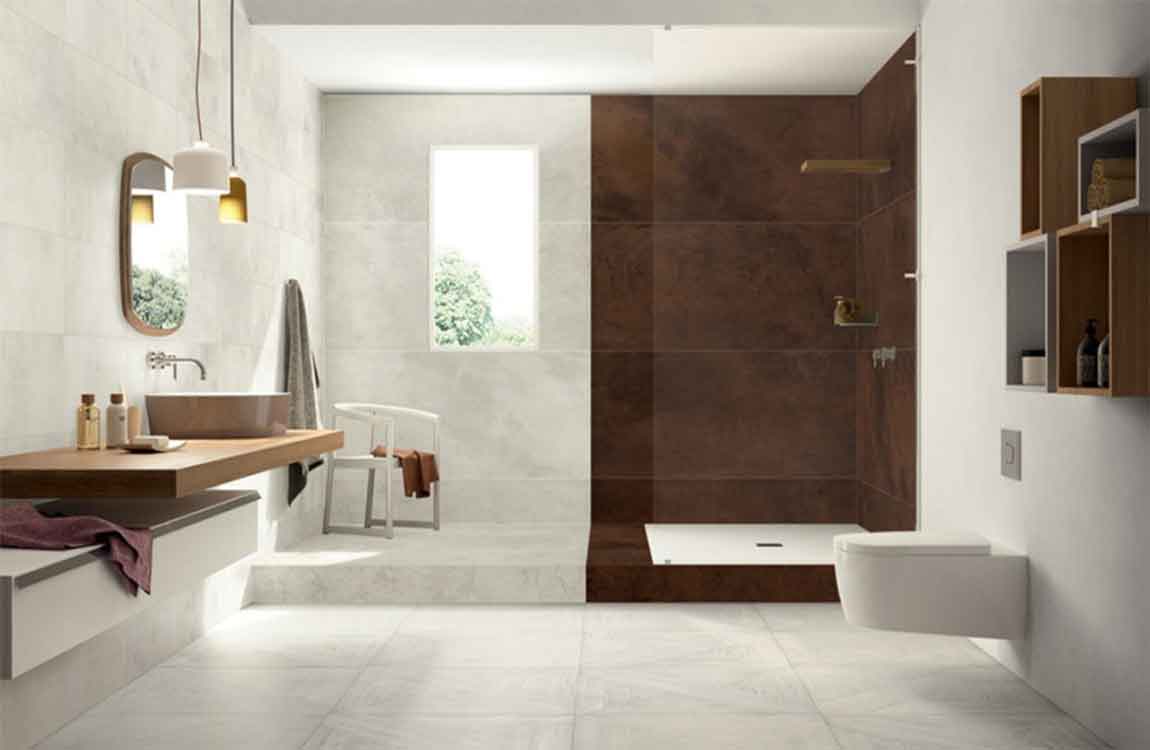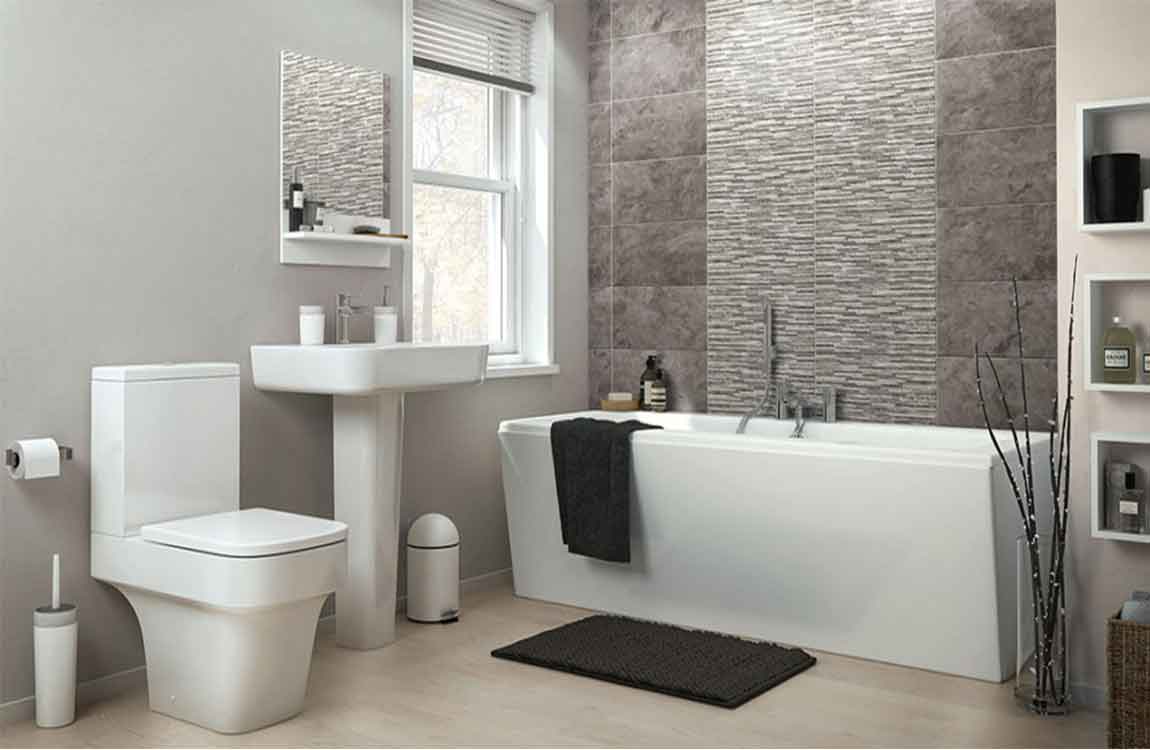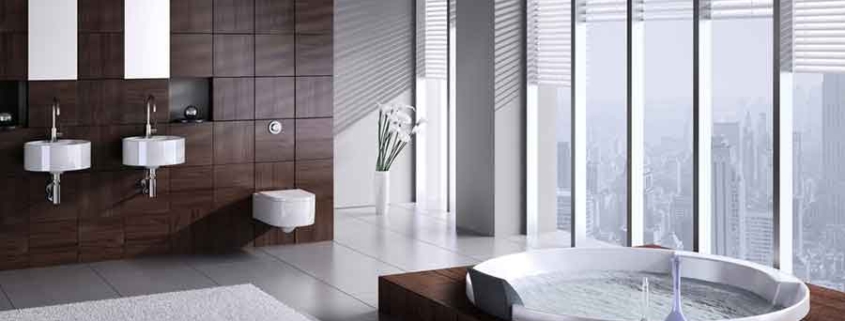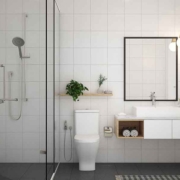The solution to the toilet problem
Toilets, such as the smell, yellowing, water leakage, blockage, displacement, slow launching and unclean rinsing, are often bothering us in the daily use of toilets. How to solve the major problems?

The flush of flanges and pipe openings is one of the culprits of producing odors. During installation, materials such as ointment and other materials should be embedded in the drain outlet, sealing the interface. If the interface is sealed well, the odor may be emitted from the floor tiles. The bottom sealant of the toilet is not strict, causing odor to return. The toilet cover is not tight sealed, causing the odor to return. To see whether the toilet’s water seal is enough, there is a certain water seal after the toilet water has been washed out, so as to ensure the isolation of the pipeline. If the water seal is damaged, this time you have to change the toilet. When installed, the sewage pipe is not well sealed with the toilet outlet, and it is also easy to run out of odor.

The floor tiles around the toilet are hollowed, and the hollow floor tiles should be repaired first. Use glass glue to make a circle at the bottom edge of the toilet to keep it sealed. After the toilet, cover the toilet cover in time. Always use water to flush the toilet, so that there is no stagnant water or deteriorated water in the water storage bend. The toilet can be used as a dredging agent: the toilet can be poured into the toilet at intervals, and the toilet lid can be closed for a while and then rinsed with water. A small cup of vinegar will be placed in the toilet, and the odor will disappear. It is valid for six or seven days and need to be changed once a week. Drying the residual tea leaves and burning them in toilets or ditches can eliminate odor.

The yellowing of the toilet is related to the material of the lid, and also to the daily maintenance. In the past, the ABS materials had more cover plates and were easy to turn yellow. Now the market is dominated by PP materials. These materials are more resistant to color than ABS and are not easy to turn yellow. There is also a good UF material. It is suggested that the lid of the two materials should be selected when changing the toilet lid. In daily maintenance, be careful not to let the sun shine directly on the toilet lid, and sunlight can also cause discoloration. Toothpaste can be scrubbed with toothpaste when cleaning. The toilet has been used for a long time, such as scale, urine and so on. The inner wall of the toilet will become yellow. First, spray the foaming detergent in the toilet, then brush the old stockings on the stick, then thoroughly remove the dirt in the toilet. The coke and other carbonated drinks are washed into the toilet, and the results are good. White vinegar is acidic, and the odor factor of the toilet is alkaline. When they meet, they produce neutralization reaction.

If it is found that there are any seepage phenomena on the surface of the toilet, it is suspected that there may be cracks in the toilet. The test method is: first turn off the inlet valve, and then clean the water in the toilet tank, then add red ink or colored ink to the water remaining in the water tank for about 30 minutes. If there is a place where the color ink is exuded, it can be concluded that there is a crack in the toilet, which is not repaired, that is, the repair is also a problem pedestal, the only way is to replace it.











